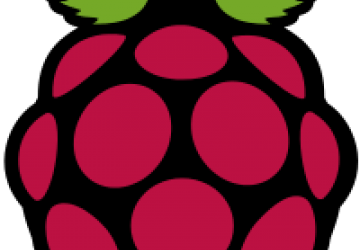Raspberry Pi Gets OpenGL Support

The Raspberry Pi Foundation continues to push the limits of single-board computing. This month, it has added experimental OpenGL support to its Raspbian OS.
OpenGL is an advanced graphics API that is used by a wide range of applications. It's used in games, image editors, CAD applications, Web browsers and many other places. And, it's a cross-platform specification. It's popular in Windows programs, on Macs, on Linux and on handheld devices.
OpenGL was designed by Silicon Graphics and released as an open specification in the early 1990s. Since then, it has enjoyed strong support from hardware manufacturers, system developers and application programmers.
The advantage for app programmers is enormous. It provides them with an interface they can use to offload the complex task of rendering 3D and 2D graphics. Instead, they call functions and use features that are provided by OpenGL. That means they can focus on developing the features of their own software without having to re-invent the "graphics rendering" wheel.
Support for OpenGL is still growing, with WebGL bringing it to the Web and JavaScript applications. And as phones and tablets become more powerful, OpenGL programming becomes more important on these devices too. In other words, OpenGL development is a great skill to learn right now.
Each platform implements OpenGL in its own way, but the interface is mostly the same. In theory, that means the same code could be used on any platform (of course, there are always edge cases and caveats).
So what is the upshot for Raspberry Pi enthusiasts?
For one thing, it means improved support for a wider range of software packages. Applications that require OpenGL aren't able to operate without it, so some apps and packages that couldn't run on a Pi will be able to now.
Of course, the main reason people buy a Raspberry Pi is so they can experiment and invent, and now they'll be able to take advantage of the same OpenGL interface that's available on desktop Linux distros.
But, simply adding OpenGL support doesn't magically beef up the processing power of your Pi. It's an interface that offloads the graphics work from the app to another piece of software. Ultimately, that work has to be done by someone--either by a CPU or a GPU. So, OpenGL support doesn't automatically mean that you'll able to run bleeding-edge 3D games or high-end CGI programs.
It's still exciting news for Pi enthusiasts, and it opens a world of experimentation and learning experiences. Processors and GPUs continue to get stronger and cheaper all the time as well. Who knows what the next generation of Raspberry machines will be able to do?









